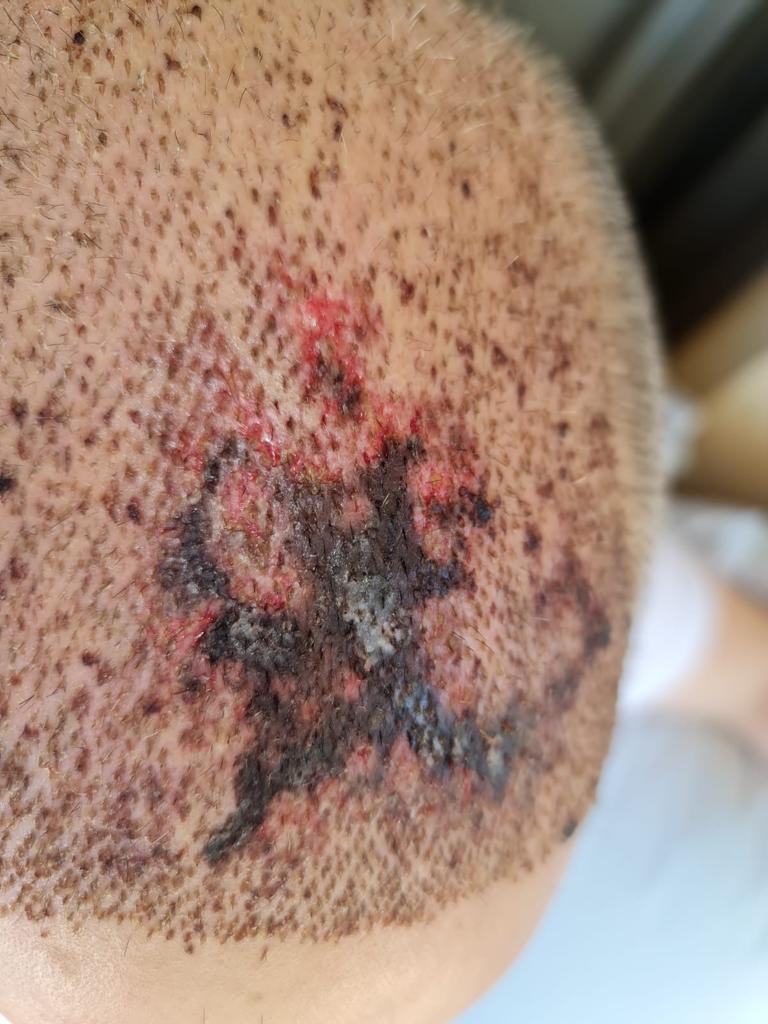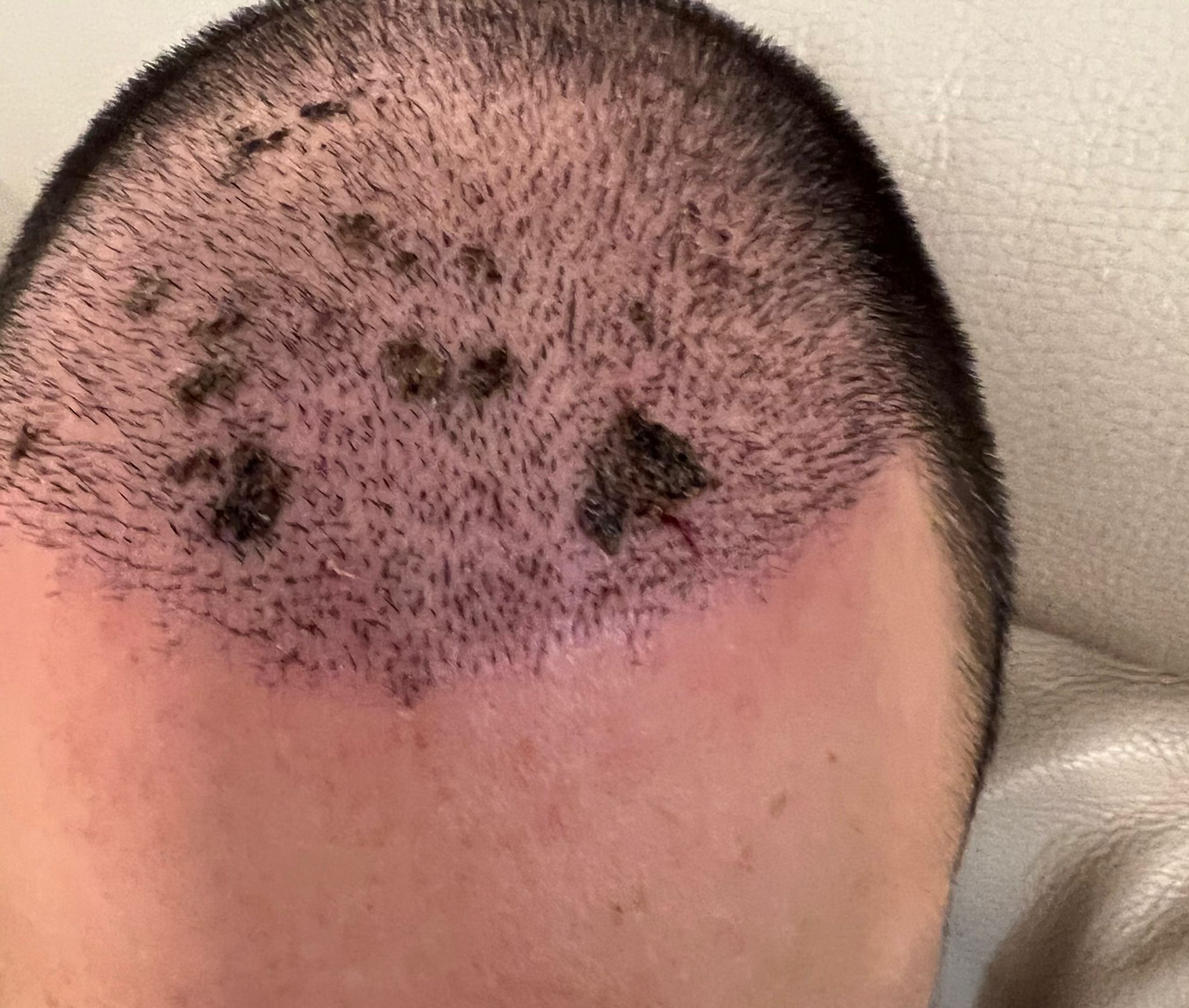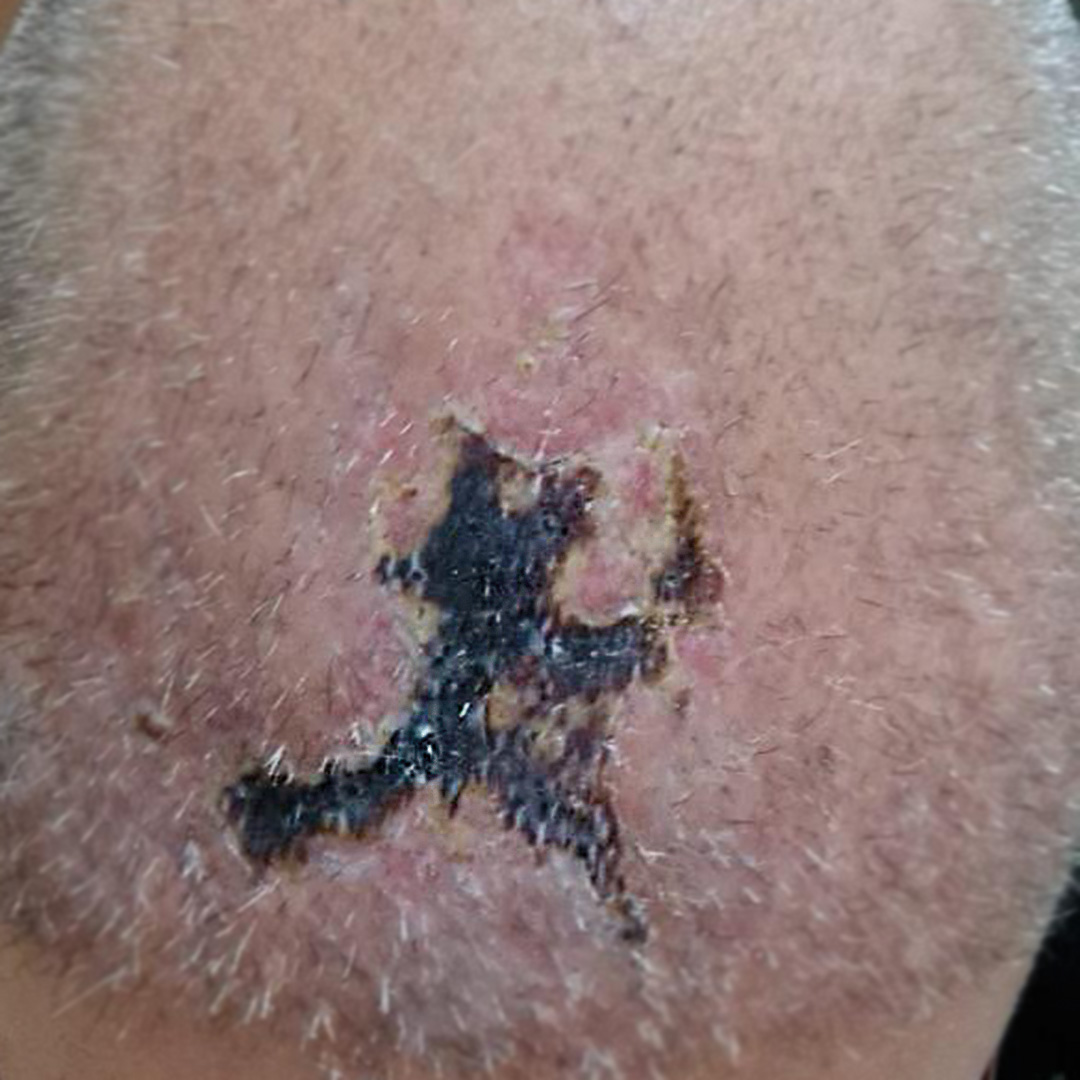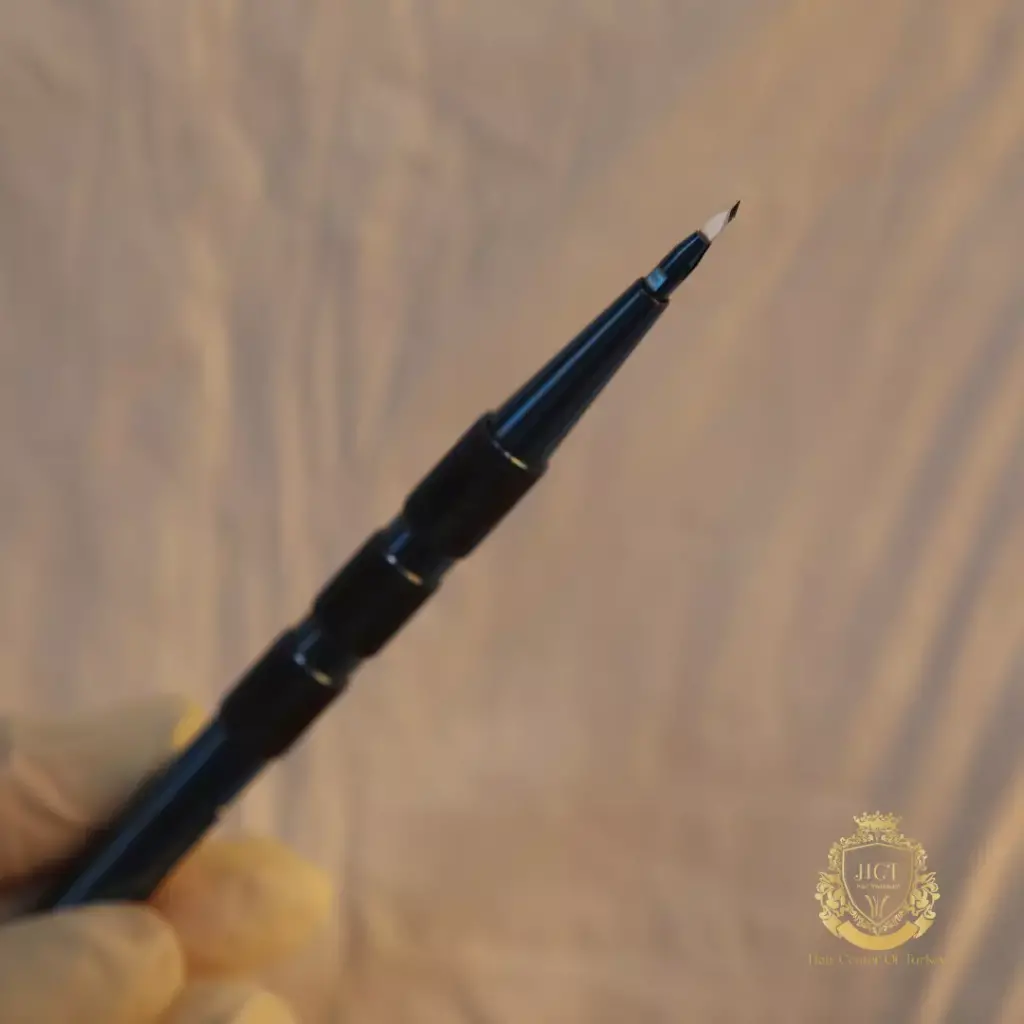Scalp Necrosis After Hair Transplant
Every surgical procedure involves some complications and risks. Hair transplantation is a surgical procedure as well as an aesthetic intervention. Necrosis of the scalp after hair transplantation is a very rare condition. If you recognize the signs of necrosis and intervene quickly, you can limit the side effects of necrosis. You will also ensure that the hair transplantation process is less damaged. In this article, we will look for answers to questions such as what is necrosis, what are the symptoms and how to protect yourself from necrosis. So let’s get started.
What is Necrosis?
Scalp necrosis is the death of tissue due to insufficient blood supply to the scalp. Necrosis after hair transplant is one of the undesirable results of hair transplant. Although necrosis in hair transplantation is rare, a serious process is required for treatment after necrosis. If you do not want to suffer from necrosis and want to have a reliable hair transplant procedure, you can apply to our Hair Center of Turkey clinic, which has an expert and experienced team in hair transplant. Hair, beard and eyebrow transplantation is performed in Hair Center of Turkey hair transplant clinic with specialist doctors and hair transplant expertise.

A careful transplantation process is carried out to avoid complications such as necrosis, redness, swelling and bruising. At the same time, sapphire tips are used at Hair Center of Turkey to minimize the damage to the skin.
What is the cause of necrosis on the scalp after hair transplantation? If you are curious about the answers to questions such as what are the ways to prevent necrosis, how to treat necrosis, continue reading.
Why Does Necrosis of the Scalp Occur?
Necrosis after hair transplant, in other words tissue death, occurs due to damage to the vessels under the skin due to a faulty transplant during hair restoration and insufficient blood flow to the hair follicles. After the vessels under the skin are damaged, the hair follicles die due to malnutrition.
Generally, necrosis occurs due to the use of metal tips during hair transplantation, going too deep into the scalp during restoration, frequent transplant, and opening too many channels. In addition, from time to time, the patient’s smoking, drinking alcohol or taking drugs before the procedure may cause necrosis.
As a result of tissue death in the scalp, the scalp becomes black, dark and deep. If the patient is not intervened early after necrosis, the damage may be permanent. However, if early intervention is performed, the necrosis area may disappear completely or the scar may shrink.
Necrosis and crusting are different things
Necrosis of the scalp should not be confused with scabbing after hair transplantation. Necrosis causes tissue death including hair follicles in the scalp. Crusting after hair transplantation is a natural process. The reason for crusting after transplant is the clotting and drying of the blood that comes out during the transplant process. The coagulated blood takes the appearance of crust after a while. The hair that crusts from the first day of hair transplant is completely shed after 10-15 days.

As a result, the crusting process that occurs after transplant is a temporary process. Necrosis is an undesirable complication in hair restoration that requires serious treatment.
How is Necrosis Treated?
Necrosis is a damage that usually occurs in the transplanted area and in some cases in the donor area. The necrosis appears as a black, dark, deep black mark. It is observed that the hair follicles and tissue in the necrosis area take a shape like a burn scar. If the transplanted hair has necrosis, it should be treated immediately.
First intervention is very important in the treatment of necrosis. Although necrosis treatment is laborious, it is a process that can be partially or completely cured. Special mixed creams, blood thinners and medications are used for the treatment of necrosis. In addition, antibiotic therapy and dressing methods are used.
After the treatment of the necrosed area, hair transplant can be performed in the area using a different hair restoration technique. However, this process is a detailed procedure that requires attention.
What are the factors that cause necrosis?
Necrosis can occur in patients due to incorrect surgical intervention. These are as follows:
- Making deep incisions,
- Opening canals very close to each other in the area to be planted,
- Too many plantings at the same time,
- Non-medical steel-tipped pens,
- The equipment used is not sterile,
In addition to faulty surgical interventions, in some cases, the patient’s diseases can also cause necrosis of the scalp.

For example, in diabetics, there is a risk of necrosis of the scalp due to the delayed healing of wounds. Likewise, the risk of necrosis increases in patients with smoking, and drug and alcohol addiction. Smoking and alcohol use cause the blood circulation in the body to be disrupted. The cause of necrosis is mainly due to the interruption of blood flow in the scalp tissue and the inability to nourish the tissue. However, it is not appropriate for patients to smoke, drink alcohol and use drugs before and after hair transplant.
Necessary medications, lotions, antibiotics and vitamin supplements should be administered in our hair transplant clinic to prevent necrosis. As Hair Center of Turkey hair transplant clinic, we minimize necrosis formation by using sapphire-tipped pens in hair transplant. Sapphire tips cause much less damage to the patient’s scalp than steel tips. In this respect, we prefer hair restoration procedures performed with sapphire tips.
What are the symptoms of necrosis?
There are many symptoms of necrosis complication in hair transplant that indicate that the skin tissue is weakened and dying. Necrosis can cause a deep crusting of the skin. Necrosis usually occurs on the back of the patient’s head or in the area where the hair transplant was performed. Necrosis occurs at most within 2 or 4 weeks after the hair transplant. If you encounter such a situation after a hair transplant, you should contact your doctor immediately.
For the treatment of such complications, necessary antibiotics, lotions, creams, or vitamins are used by experienced specialist doctors and hair transplant specialists at the Hair Center of Turkey hair transplant clinic.
Symptoms of possible necrosis after hair transplantation are as follows:
- Severe pain at the transplant site,
- Redness, swelling, or discoloration of the treated area,
- Numbness of the scalp,
The first sign and symptom of possible necrosis after hair transplant is severe pain. If you experience such a symptom, you should contact your doctor immediately and inform him/her.
How to avoid necrosis after hair transplantation?
What you should do to prevent necrosis after hair transplant. Here are a few things you should do to prevent necrosis after hair transplant:
Finding a Good Hair Transplant Clinic
One of the most important reasons for necrosis in hair transplant is faulty hair restoration operations and procedures performed with inadequate equipment. Therefore, make sure that you choose a clinic with sufficient criteria that makes realistic promises to you. Experienced hair transplant specialists do not damage the vascular pathways under the skin. They do not apply faulty procedures such as frequent transplant, opening many channels at the same time.
Not Smoking or Drinking Alcohol
Smoking, alcohol or drug intake is not recommended on the day of or after hair transplant. After hair transplantation, the hair follicles need to receive enough blood supply and nutrition. The use of such substances prevents blood flow.
Smoking or drinking alcohol does not always cause necrosis. They only increase the risk of necrosis. In this respect, hair transplant specialists prohibit the use of these substances before and 10 days after the operation.
Keeping the Processed Area Clean
One of the most important things you should pay attention to after hair transplant is to protect the transplanted hair. After the transplantation, the hair grafts should be kept clean and should not be in the sun for a long time. There is a risk of necrosis if the grafts become infected. In this respect, it is important to keep the hair grafts clean and dry.
Conclusion
There are various causes of necrosis of the scalp. Necrosis occurs as a result of insufficient blood supply to the scalp and insufficient nutrition of the scalp. Necrosis is usually caused by deep incisions, frequent transplant, too many canals, smoking and alcohol use. Necrosis is one of the rare and serious complications of hair restoration. In order to avoid a complication such as necrosis, it is important to make sure that the clinic you choose is of high quality and the experience and competence of the expert team.
In Hair Center of Turkey hair transplant clinic, transplant procedures are performed under the supervision of specialist doctors and experienced hair transplant specialists. Before the procedure, necessary tests are performed to prevent possible complications. After the procedure, the patient is protected from complications with medication, lotion and vitamins. You can ask all your questions about hair, eyebrow and beard transplantation by calling our consultants at Hair Center of Turkey hair transplant clinic.


